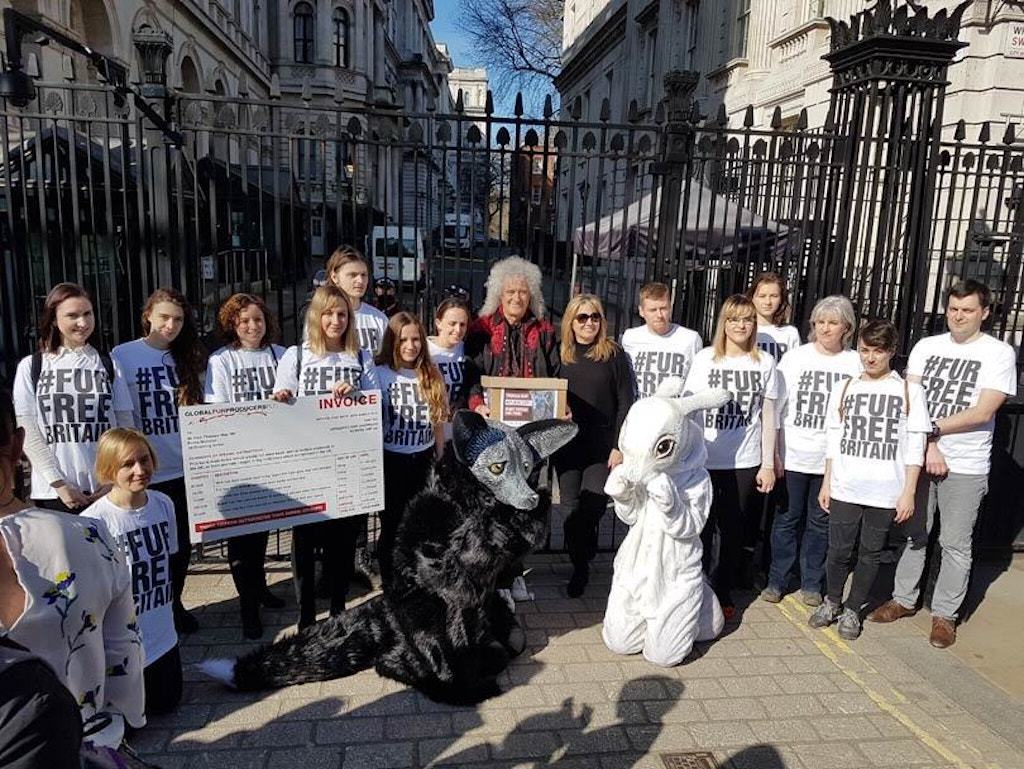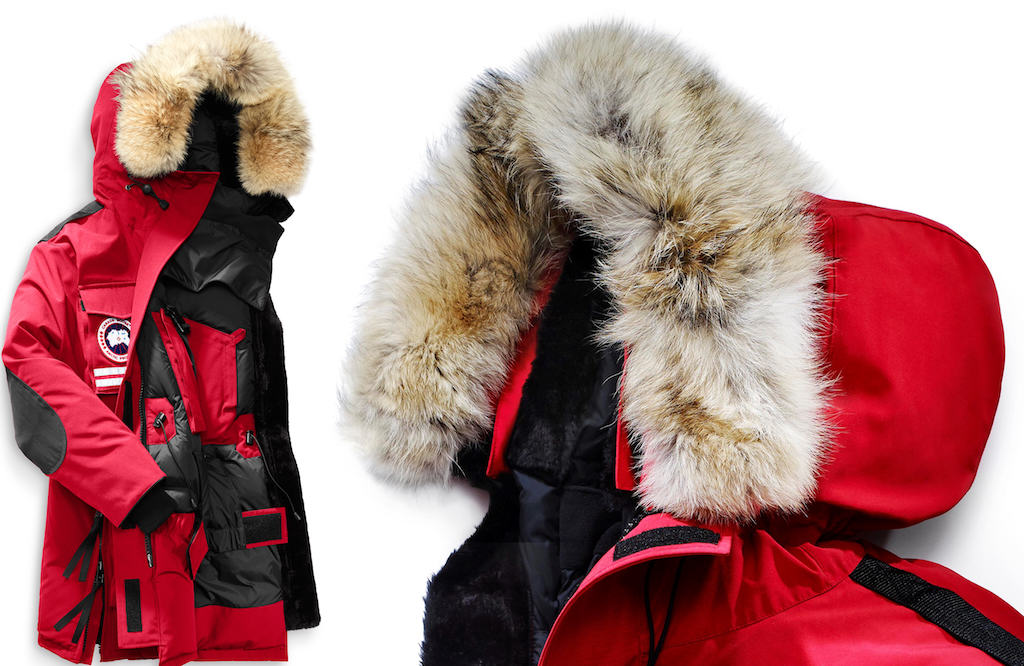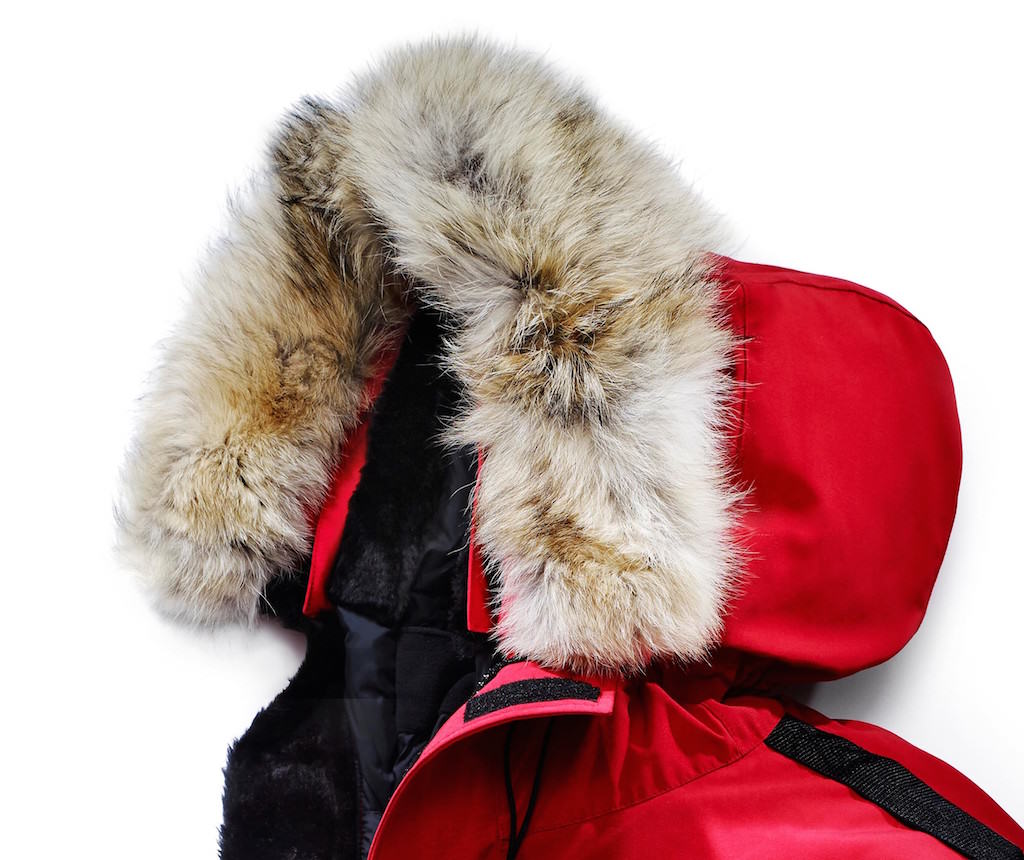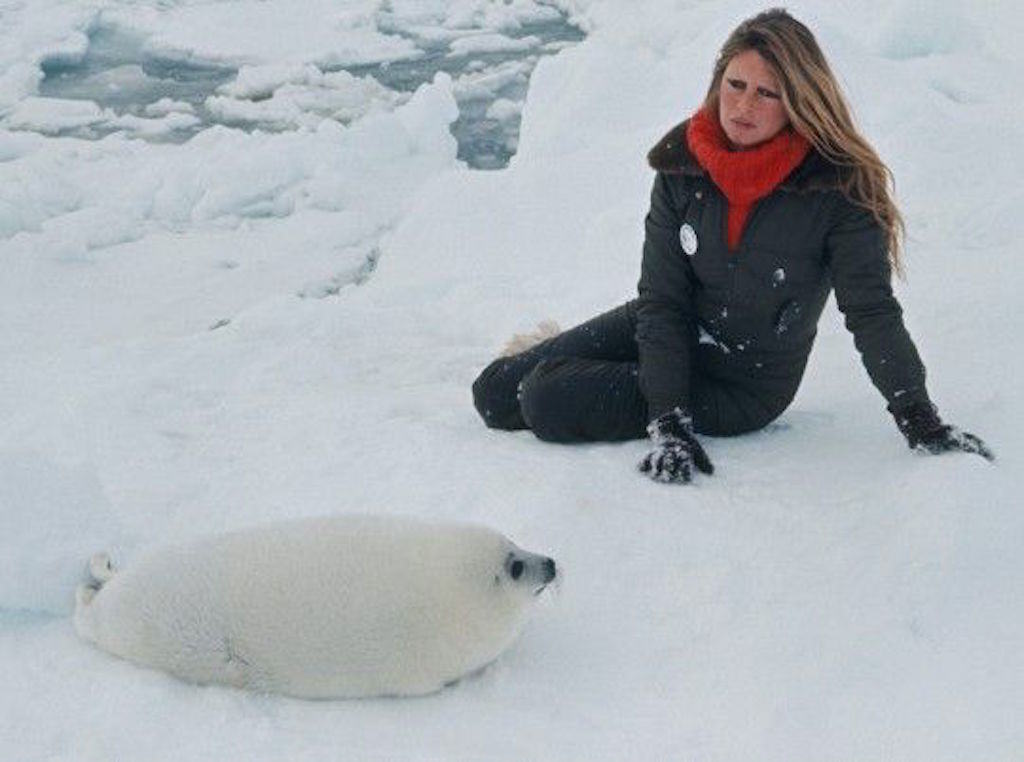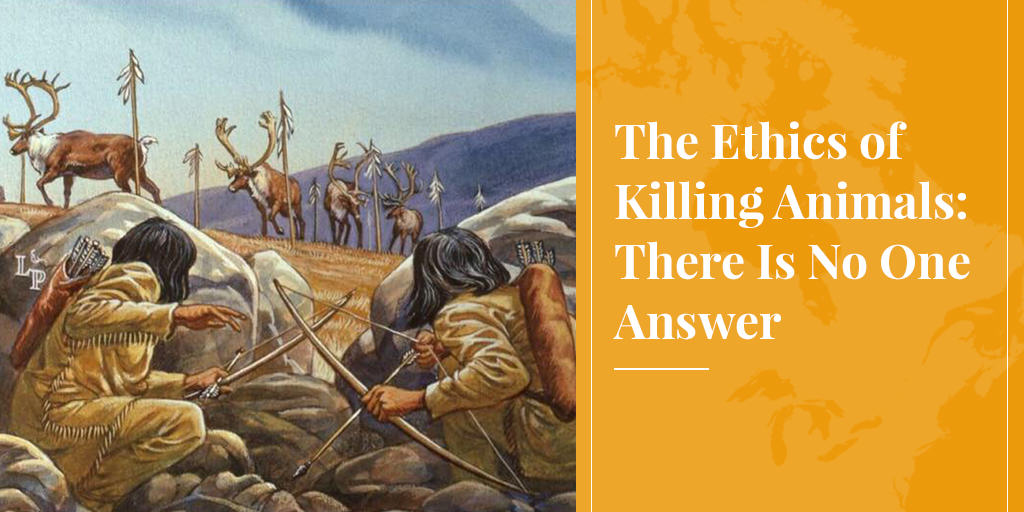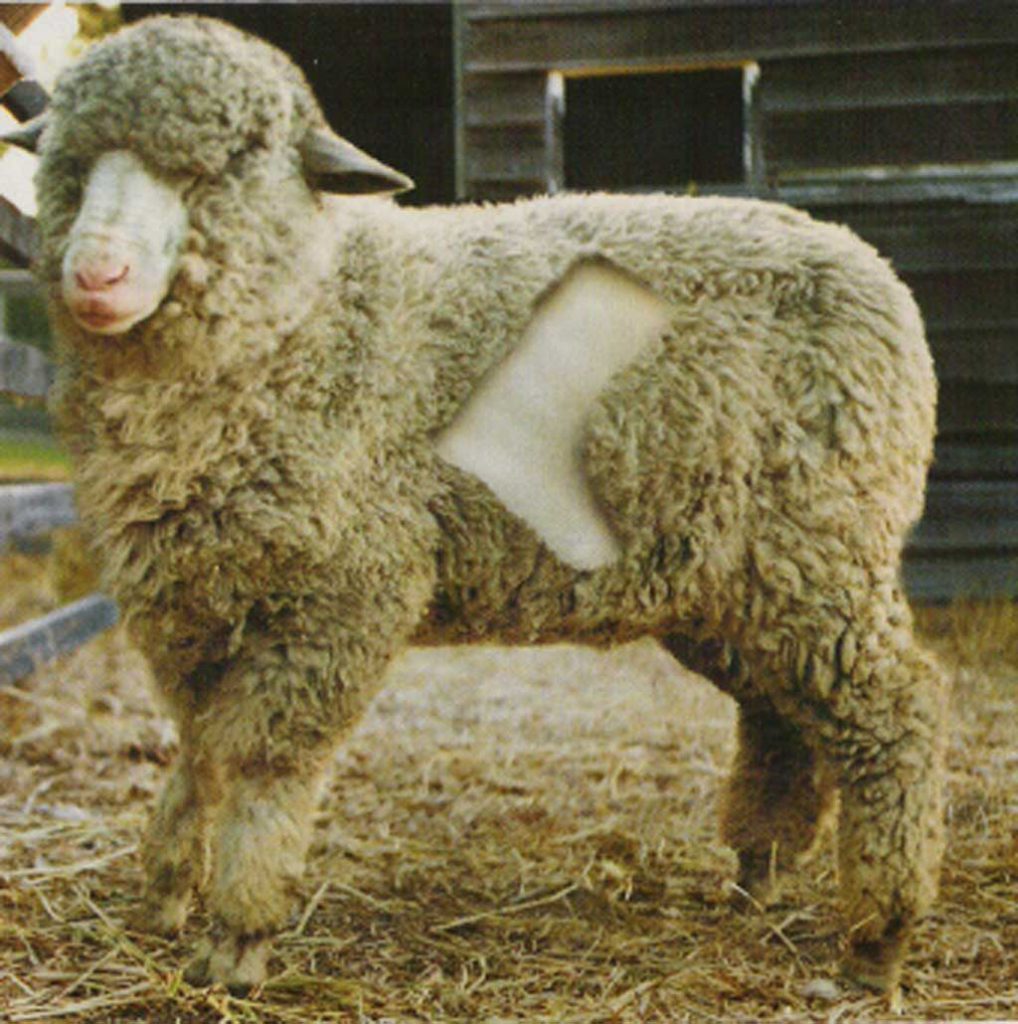New York Fur Ban: Furriers Fight to Save Sustainable Industry
by Alan Herscovici, Senior Researcher, Truth About FurNew York furriers are fighting back against a misguided proposal to ban the sale of fur products in New York…
Read More

New York furriers are fighting back against a misguided proposal to ban the sale of fur products in New York City – a proposal that would destroy thousands of jobs and hundreds of millions of dollars in economic activity generated by one of the city’s founding industries.
150 furriers and fur workers protested outside New York City Hall on March 28, as the fur ban proposal was presented to City Council by Speaker Corey Johnson and several other council members. The proposal was referred to the Committee on Consumer Affairs and Business Licensing for further discussion.
SEE ALSO: 6 reasons why banning fur sales is a very bad idea.
Family Businesses, a NYC Heritage

“We have to fight because this is a threat to so many people’s jobs. There are more than 1,500 people working in the fur trade and affiliated businesses in New York City,” says Maria Reich, the dynamic CEO of ER Fur Trading, Oscar de la Renta Furs, and Reich Furs, who was a spokesperson at the demo.
“This is also a direct threat to our freedom of choice,” she told me when I contacted her after the demo. “It is sad and worrisome that our local government could think they should dictate how we dress, what we eat, how we live. If the sale of fur can be banned by politicians, so can any other legitimate industry. Speaker Johnson thinks it’s his mission to save animals, so what’s next? Wool? Leather? Meat?
“What’s encouraging is how everyone in the trade has come together to fight against this completely unjustifiable proposal. With support from the Fur Information Council of America (FICA) and the International Fur Federation (IFF), we are signing petitions, calling and writing to our council members, speaking to the media, and getting the word out to the rest of the industry and the public about what’s happening,” she says.
“I have all my social media sites referring people to ShoppersRights.org, where they can easily let New York council members know what they think of this crazy proposal. People are being very engaged and supportive -- they want to help get the word out that people’s jobs are being threatened here, for no good reason.

“The modern fur trade is one of the most sustainable industries; the production of fur is well regulated and we are implementing full traceability with the new FurMark program. It’s just crazy that the council would even think about attacking this quintessentially New York industry. The fur trade is part of New York’s roots, going right back to the Native American people who lived here, and then the Dutch settlers and traders in the 17th century.
SEE ALSO: "Fur is a sustainable natural resource" on TruthAboutFur's website.
“Our company was started by my late husband’s grandfather, Charlie Reich, who arrived here from Poland in 1938, fought in World War II, and then returned to start Reich Furs. His great-granddaughter, Samantha Ortiz, is now president of the company. I am a single working mom, and small businesses like ours are the heart of New York. We are a design-driven company and we directly employ 20 people, but we also work with - and provide work for - many other New York Garment District companies: designers, manufacturers, wholesalers, retailers.
“It is really shameful that the councilman Johnson, who is supposed to represent the Garment District, is the one presenting this crazy proposal to shut down small family businesses and destroy the livelihoods of hard-working New Yorkers,” she says.
Fur Ban Is an Attack on Small Businesses - the Heart of NYC

Nick Pologeorgis is another leader of the New York trade; he also serves on the boards of FICA and the IFF. His father, Stanley, started Pologeorgis Furs in 1960, after arriving in New York from Crete. He apprenticed in a fur workshop without pay and became a master fur craftsman. He was one of the first furriers to forge relationships with top international designers, collaborating with Pierre Balmain from 1970. Nick joined the business when he finished college in 1984. His sister, Joan Pologeorgis, who graduated from the Fashion Institute of Technology, serves as vice-president in charge of production and is co-owner. It has been a family-owned and operated business for over 60 years.
SEE ALSO: Fur bans: Society has much more to lose than fashion.
“We love fur; not everyone has to like fur, but that doesn’t give them a right to ban it. There are real people’s jobs at stake here. This is the trade they know; they support their families,” says Pologeorgis.
“There are more than a thousand direct fur-trade jobs in New York, but our industry now also works closely with many other sectors. Fur is used for accessories and for home furnishings. Fur is used to make felt for hats, and for rugs.
“Think about it: more than $3 billion in economic activity would be lost over the next ten years if this ban was passed – that’s $3 billion taken from New Yorkers’ pockets, from New York families. And for what?
“New Yorkers are upset about all the jobs that were lost when Amazon decided to pull out of our area. More jobs stand to be lost in fur manufacturing with the proposed ban. They want to destroy jobs and small businesses like ours when they should be supporting us and fostering growth in NYC.

"The elected council members don’t really understand all the issues here. They say they want to save animals but what about people and their livelihoods?
“It’s a slippery slope from fur to many other products. What is next?” he asks. "I coach my son’s baseball team and we use leather-covered baseballs and leather mitts. So, is it also unnecessary and cruel to use baseball mitts?
“What is important now is that everyone in the trade – and everyone who supports consumer freedom of choice – should get involved and make their voices heard. You can go to ShoppersRights.org, and everything is there to make it easy to send a message to the city council members. FICA also has a social media tool kit that’s easy to use.
“Many people are working very hard to fight this terrible ban proposal, and we can succeed, but we need everyone’s help. It's time to speak out -- to defend our jobs and our rights!” says Pologeorgis.
* * *
WHAT YOU CAN DO TO HELP:
1. Go to www.ShoppersRights.org to send a message to NYC council members. (You can also send messages about ban proposals in San Francisco and Los Angeles.)
2. New York residents: Encourage your friends and family in NYC to get involved by visiting the website of Fur NYC.
3. Everyone: Follow the Fur NYC campaign on Twitter.
4. Share this TruthAboutFur blog post on social media. And also share our other posts: "6 reasons why banning fur sales is a very bad idea" and "Fur bans: Society has much more to lose than fashion".
To learn more about donating to Truth About Fur, click here.


















